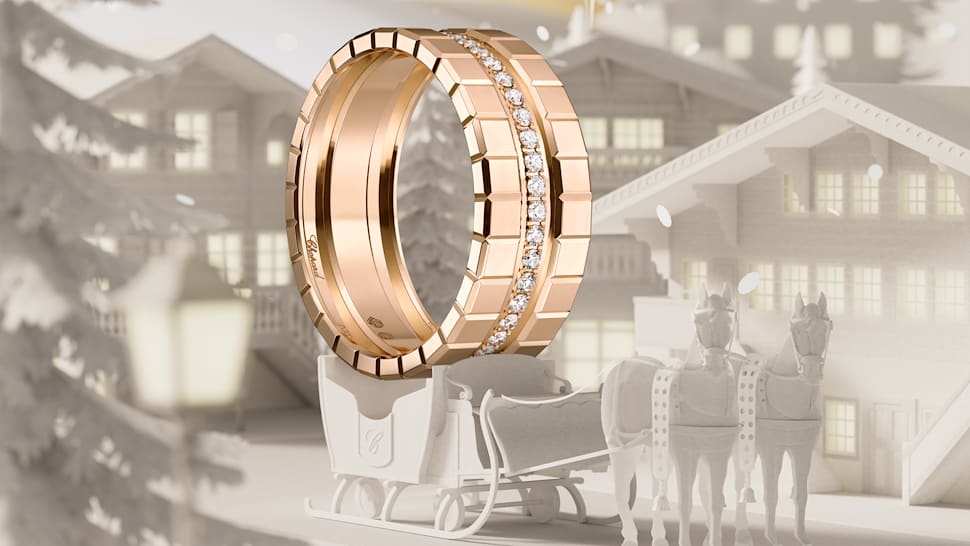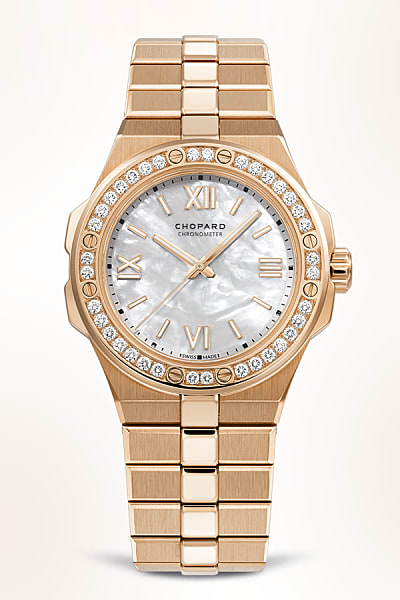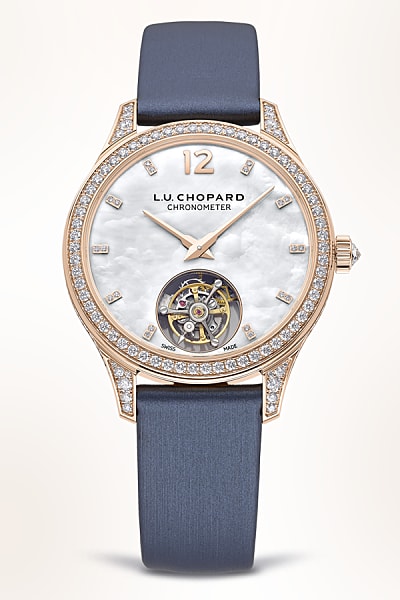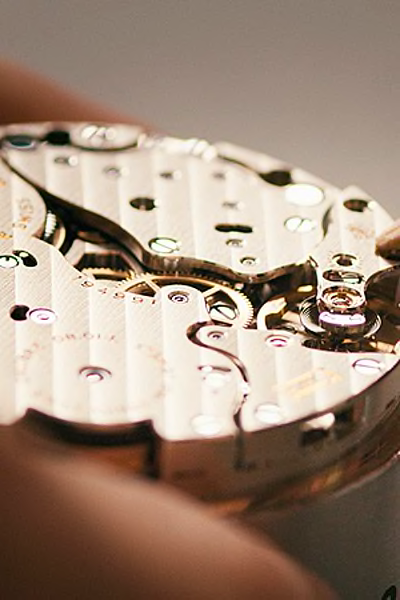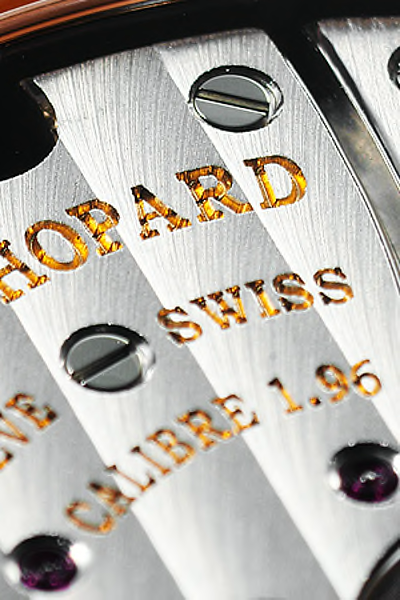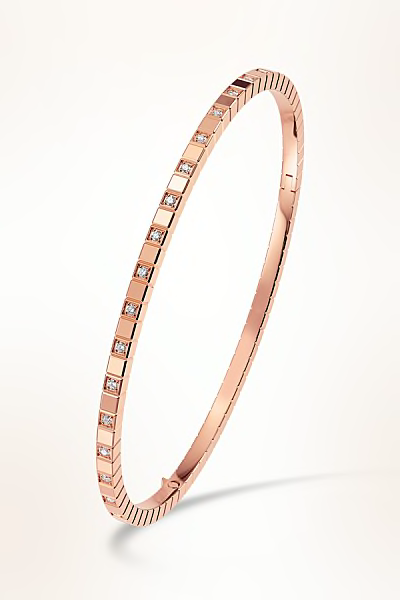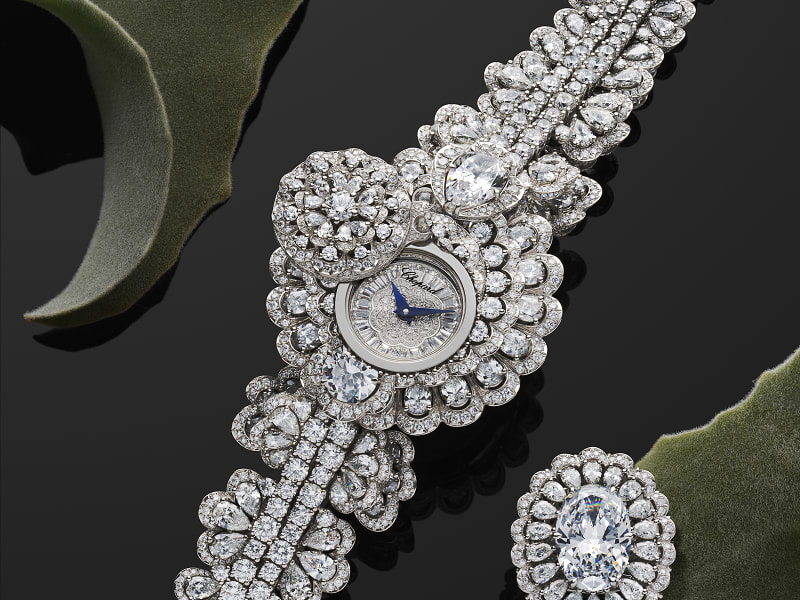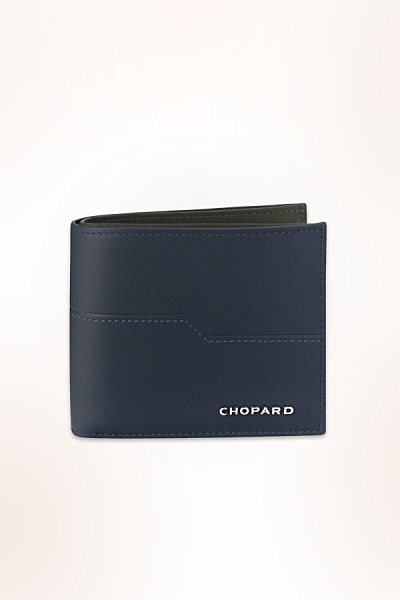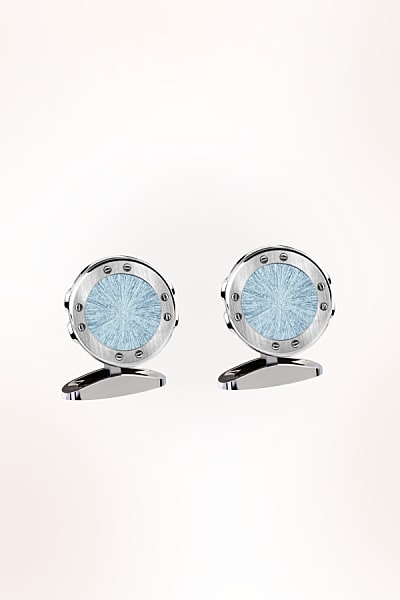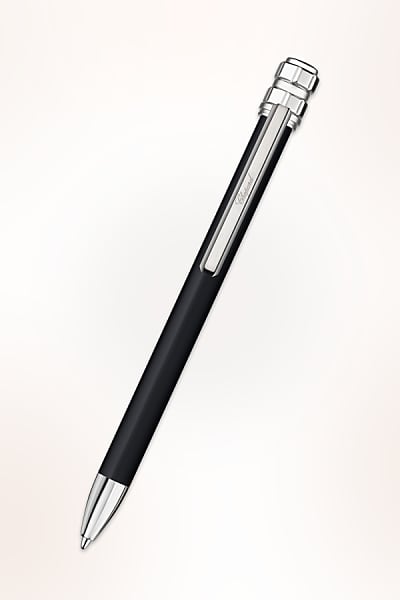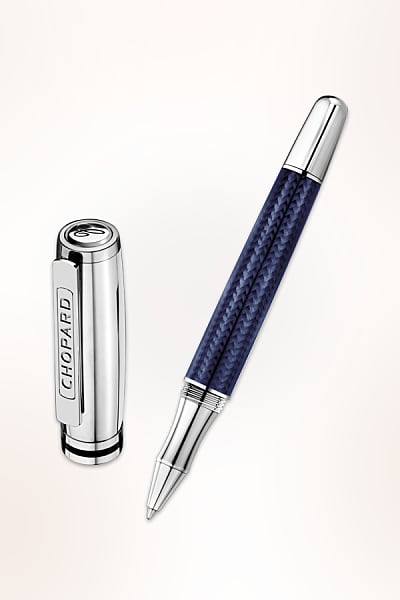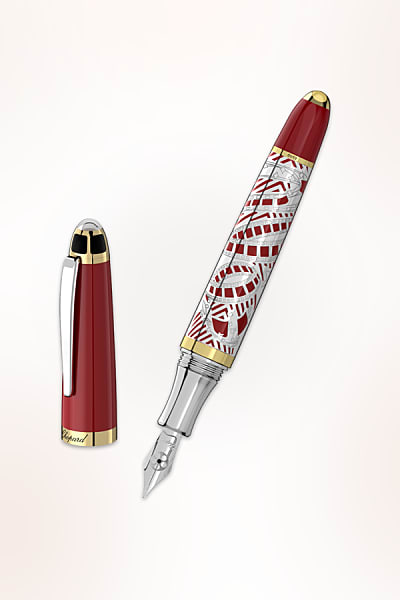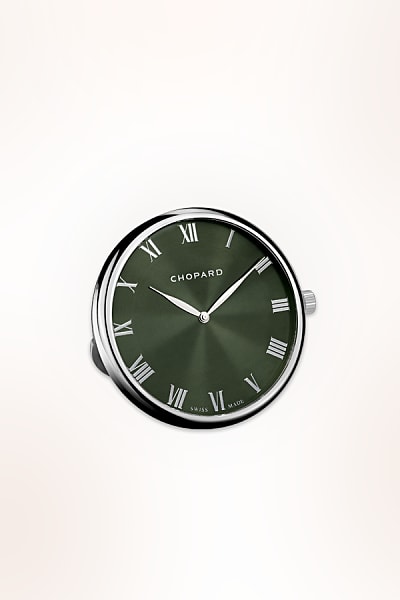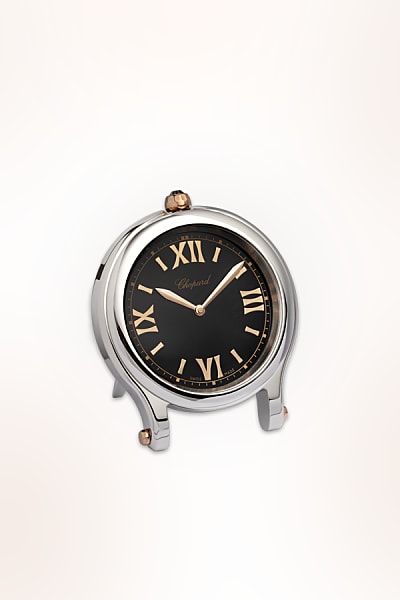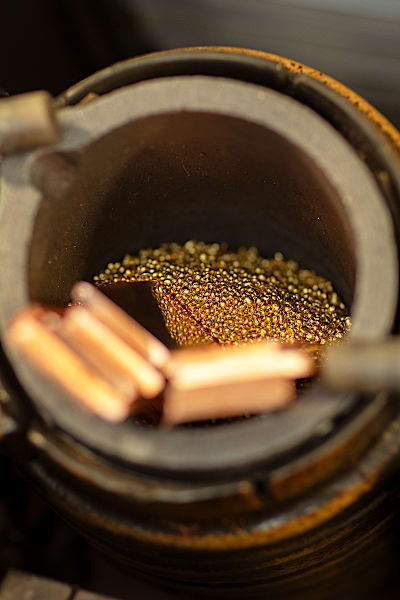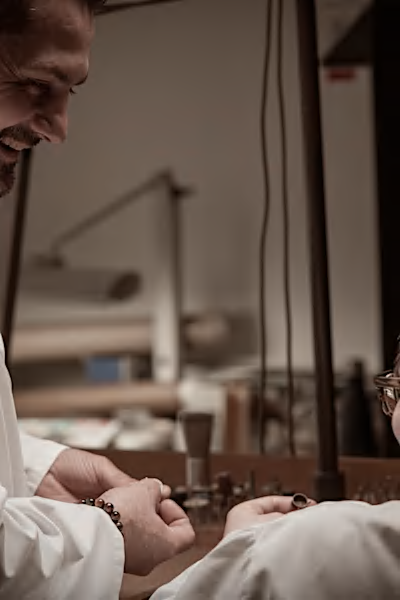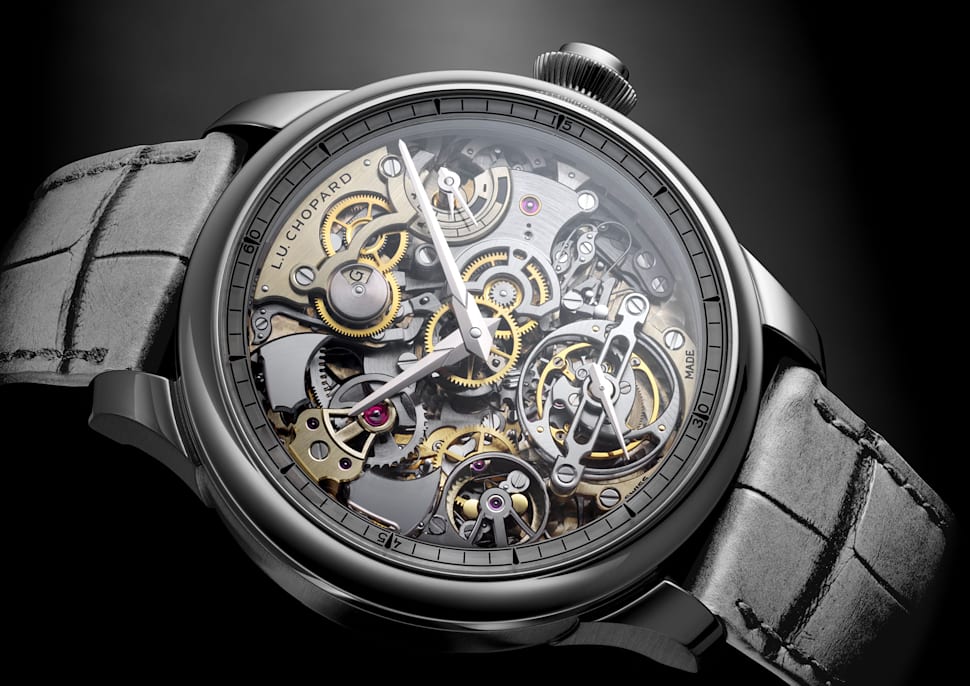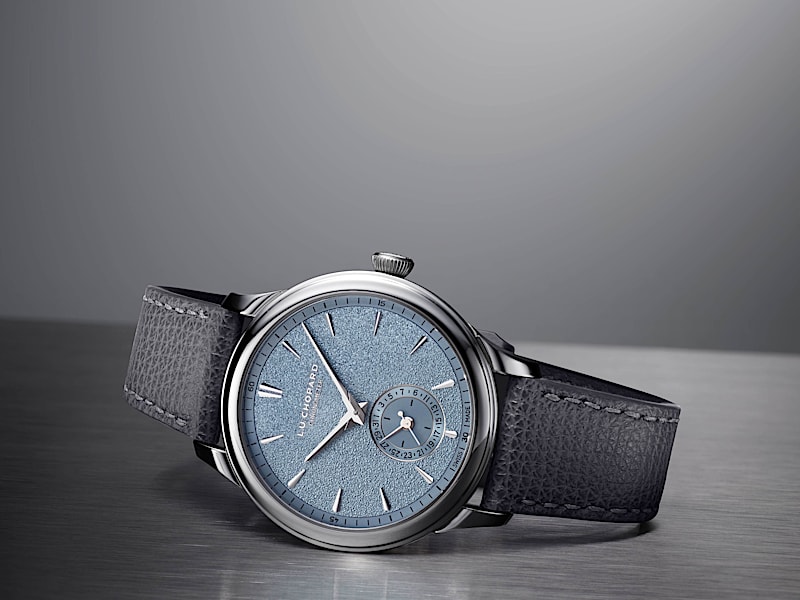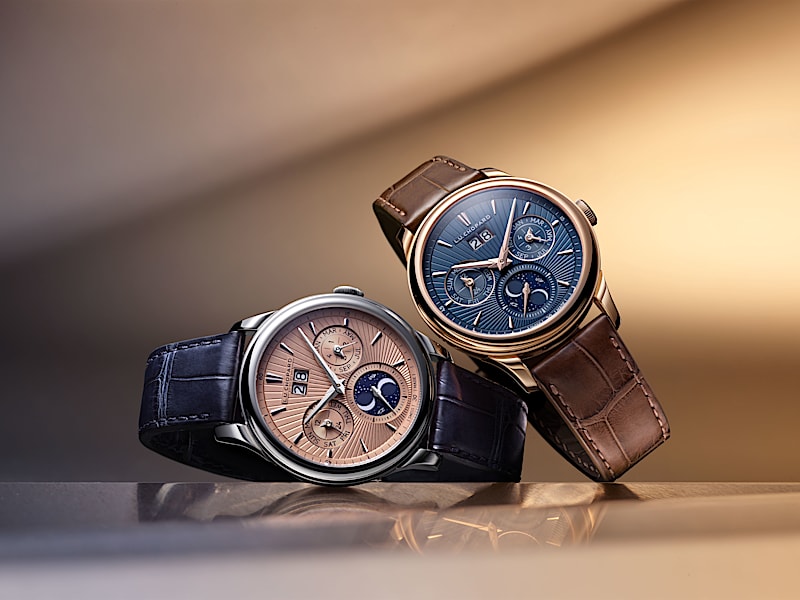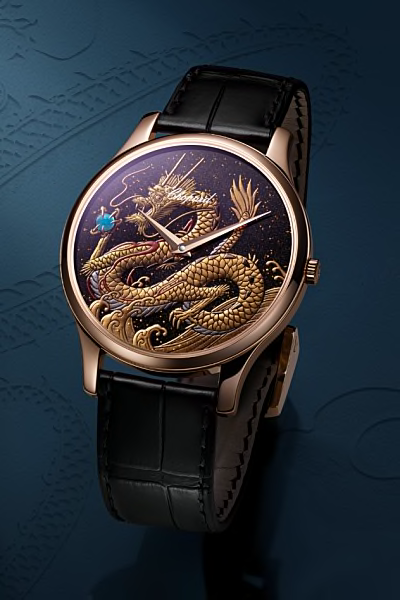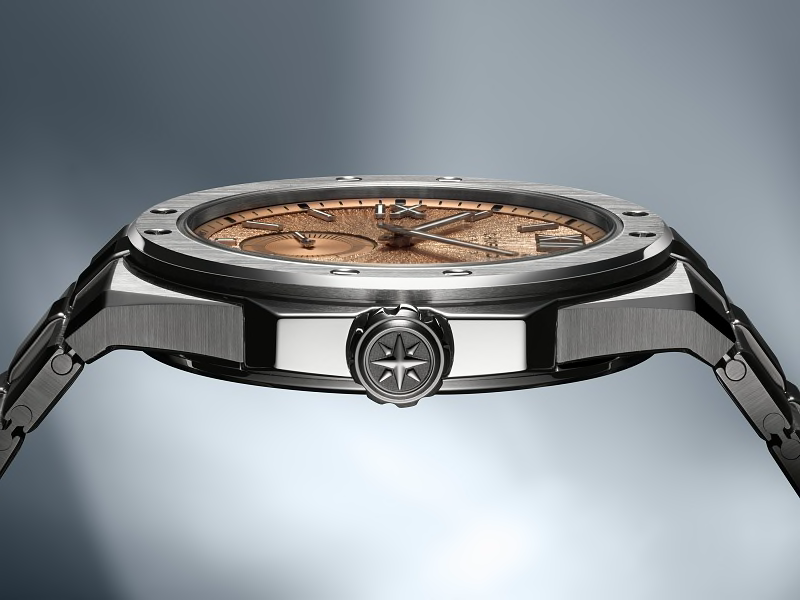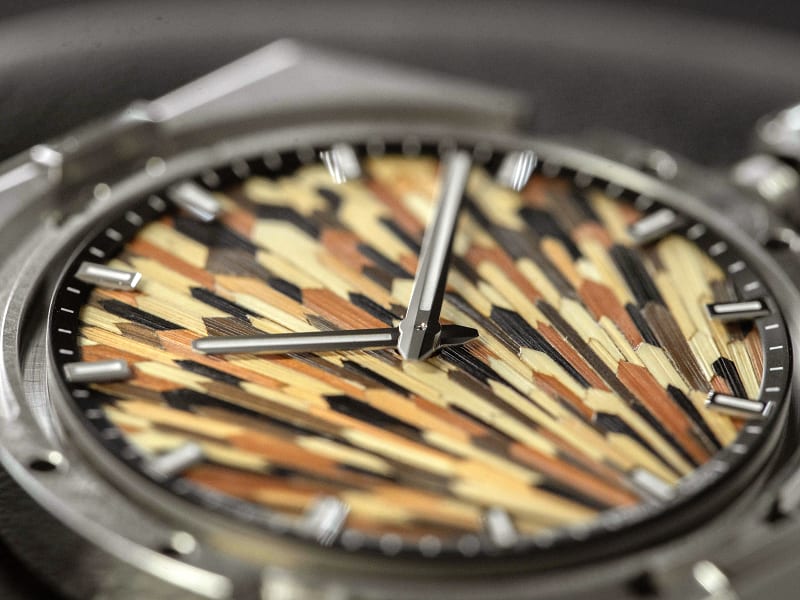The art of Chopard Manufacture consists in appropriating complications by enriching them with its distinctive innovative vision, as well as assembling them in new and ingenious ways. The history of Chopard Manufacture since 1996 has been dotted with landmark innovative models, the most recent of which is L.U.C Calibre 96.36-L.In 2013, the L.U.C Perpetual T model, Chopard's first tourbillon with perpetual calendar, made its mark on the history of the Manufacture. Six years later, it was followed by the no less innovative L.U.C Flying T Twin, constituting the Manufacture's first timepiece with flying tourbillon and automatic winding, as well as being the only one in its category to receive both Poinçon de Genève and chronometer certification.Today, the L.U.C 96.36-L movement represents the culmination of these innovations. Illustrating the Manufacture's constant quest to excel, it unites the finest previous feats in an unprecedented technical development involving no fewer than 319 components. Thanks to the micro-rotor and Chopard Twin technology’s two stacked barrels, the 6 mm-thick movement associates the lightness of a flying tourbillon with all the gear trains enabling this model to provide day of the week and large date displays, as well as a month indication, requiring no manual adjustments to keep track of variable month lengths and leap years. The perpetual calendar will need only a one-day correction on March 1st, 2100 – not because of a fault in the mechanism, but due to the Gregorian calendar which stipulates that centuries are leap years only if divisible by 400. The movement’s accuracy also ensures instantaneous display of all the perpetual calendar indications.Distinguished by the absence of an upper bridge, the flying tourbillon of the L.U.C Flying T Twin Perpetual timepiece enables unobstructed views. Equipped with a stop-second function enabling the time to be set to the exact second, the tourbillon enhances the movement’s accuracy. This precision is chronometer-certified by the COSC (Swiss Official Chronometer Testing Institute), as is the case for all L.U.C calibres with a seconds indication – in this instance located on the tourbillon carriage. A demonstration of technical virtuosity, the tourbillon – invented in the 18th century to eliminate the influence of the Earth's gravity and isochronous forces – is one of the most sophisticated horological complications. Chopard's flying tourbillon stems from several years of research and development, testifying to the Manufacture’s maturity.Finally, thanks to the energy accumulated in the two stacked barrels using Chopard Twin technology, the L.U.C Flying T Twin Perpetual timepiece is endowed with a 65-hour power reserve
- Movement
-
L.U.C 96.36-L
- Type of Winding
-
self-winding mechanical movement
- Function
-
date,
hours and minutes,
small seconds
- Complications
-
perpetual calendar,
stop seconds,
tourbillon
- Power Reserve
-
Power Reserve of approximately 65 hours, L.U.C Twin Technology (two stacked barrels)
- Certification(s)
-
Certified chronometer (COSC),
Poinçon de Genève quality hallmark
- Frequency
-
4 Hz (28,800 vibrations per hour)
- Decoration on Movement
-
bridges adorned with Côtes de Genève, circular-grained mainplate
- Balance Spring
-
with Phillips terminal curve
- Balance Wheel
-
with three spokes
- Movement Thickness
-
6
- Number of Movement Parts
-
319
- Jewels
-
25
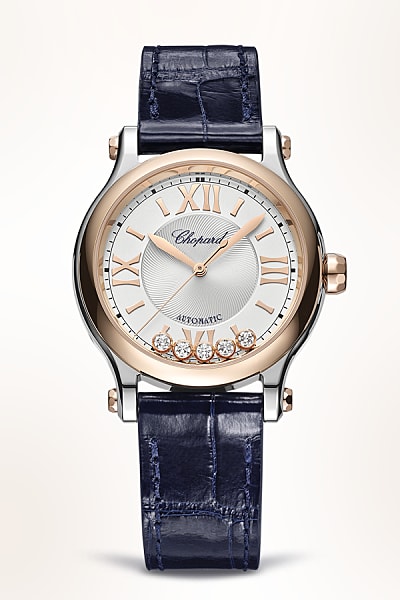 Happy Sport watchesAll creationsDiscover more
Happy Sport watchesAll creationsDiscover more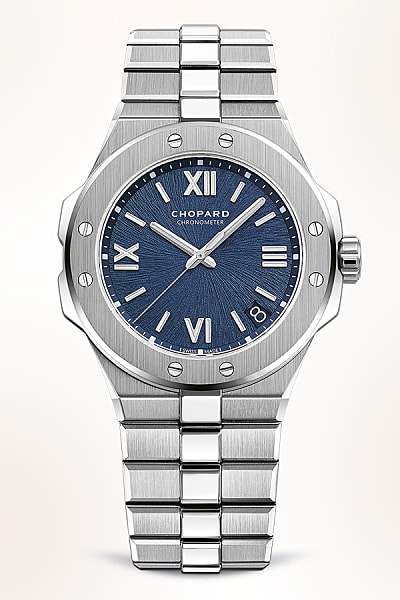 Alpine Eagle watchesAll creationsDiscover more
Alpine Eagle watchesAll creationsDiscover more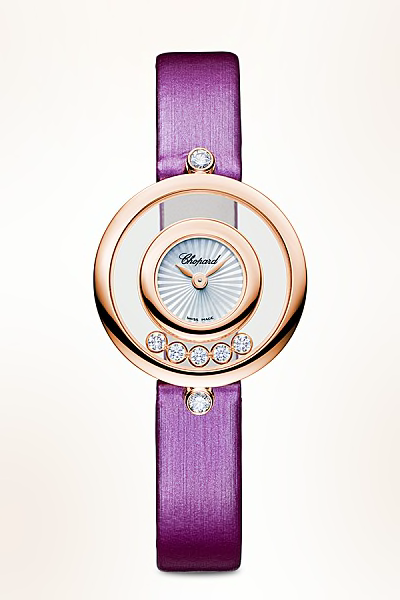 Happy Diamonds watchesAll creationsDiscover more
Happy Diamonds watchesAll creationsDiscover more Mille Miglia watchesAll creationsDiscover more
Mille Miglia watchesAll creationsDiscover more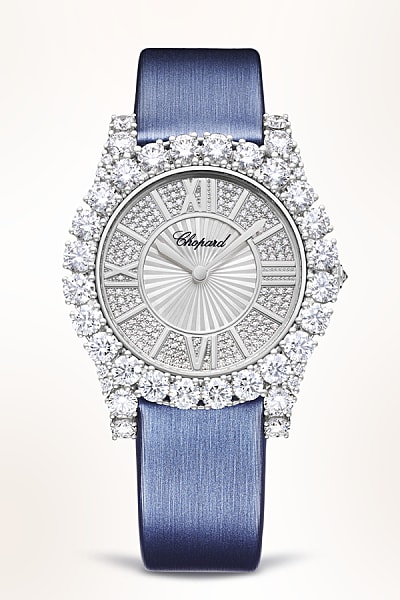 L'Heure Du Diamant watchesAll creationsDiscover more
L'Heure Du Diamant watchesAll creationsDiscover more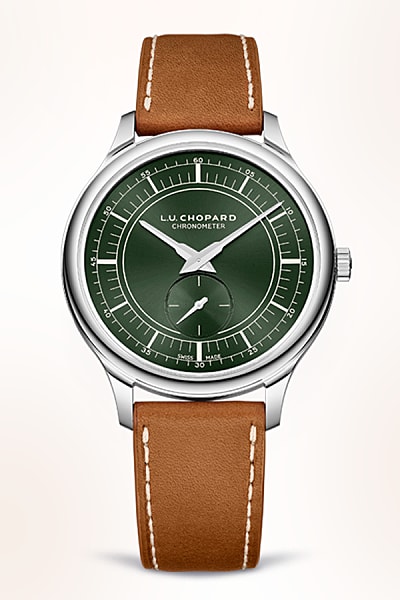 L.U.C watchesAll creationsDiscover more
L.U.C watchesAll creationsDiscover more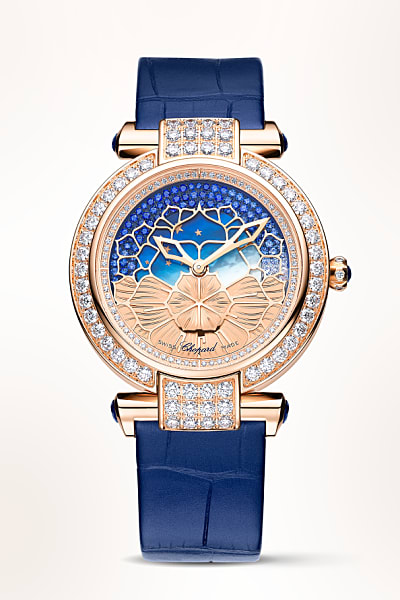 IMPERIALE watches
IMPERIALE watches All Watch Collections
All Watch Collections Happy Hearts necklaces & pendantsAll creationsDiscover more
Happy Hearts necklaces & pendantsAll creationsDiscover more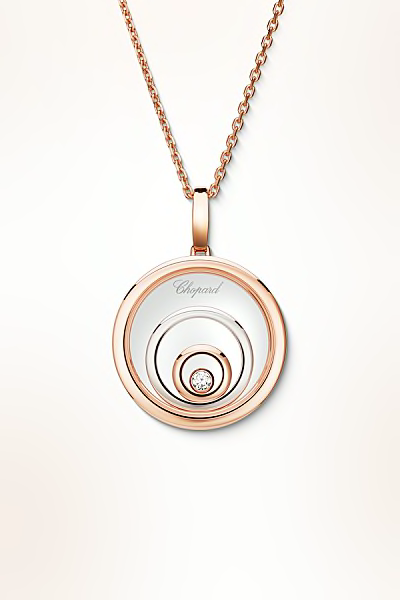 Happy Diamonds necklaces & pendantsAll creationsDiscover more
Happy Diamonds necklaces & pendantsAll creationsDiscover more Ice Cube necklaces & pendantsAll creationsDiscover more
Ice Cube necklaces & pendantsAll creationsDiscover more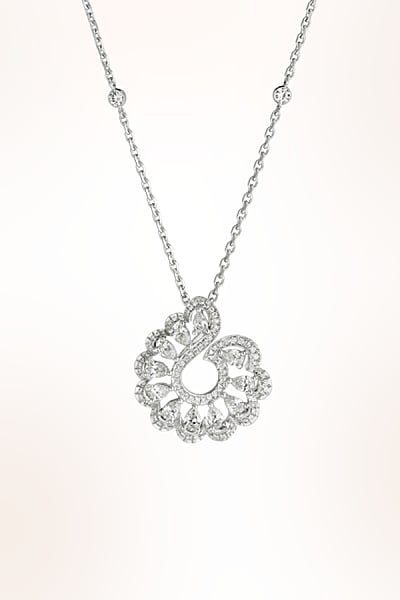 Precious Lace necklaces & pendantsAll creationsDiscover more
Precious Lace necklaces & pendantsAll creationsDiscover more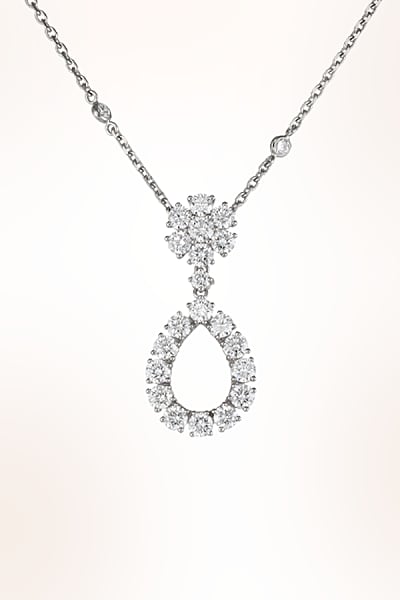 L'Heure Du Diamant necklaces & pendantsAll creationsDiscover more
L'Heure Du Diamant necklaces & pendantsAll creationsDiscover more All necklaces & pendants
All necklaces & pendants